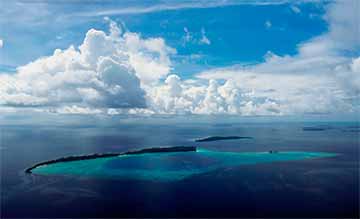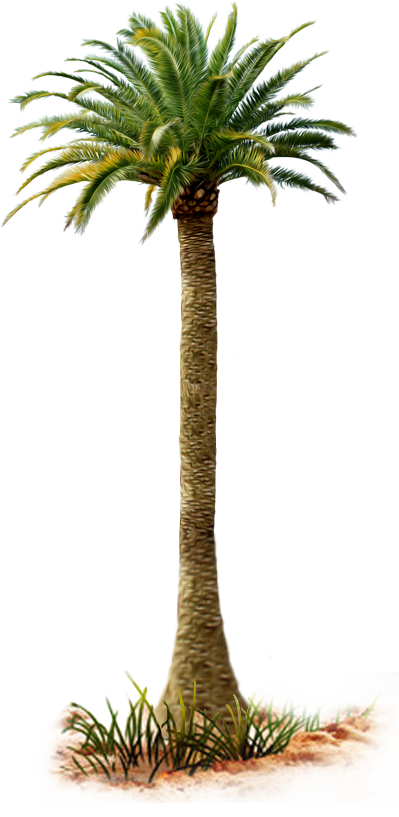Writing today in the Island Sun newspaper, Irwin Angiki, wrote about disability and a workshop held in Honiara yesterday.
This is Irwin's story.
Quote.
You think you’ve had a rough day? Please know that persons with disability live their lives everyday ‘rougher’.
This is mainly because they do not access what abled persons have easily.
Accessibility is a word which is heard and used often but seldom, if not rarely, put into context.
Yesterday, a group of persons with disability along with stakeholders gave a glimpse of just what it means to have access and how it affects life every day.
Day-two of ‘Nothing About Us Without Us’ workshop allowed participants with disability to share experiences and thoughts on how they each can access information.
Desmond made a point during group discussions on a covid-19 poster.
Something which abled persons usually take for granted such as a simple poster, for example, is a challenge for a person with disability.
Depending on the impairment type, the challenge varies.
In line with the purpose of the workshop, which is exploring ways aimed at ‘strengthening inclusion of persons with disabilities in Solomon Islands through communications and outreach’, several Covid-19 awareness posters were discussed on how they have failed to allow persons with disability access the information they are supposed to impart.
Participants broke up into four groups, each with a different Covid-19 poster, and each member contributed how he or she found finding difficulty in accessing the message intended by the poster.
Jone Raqauqau, the UNDP media specialist and workshop facilitator, helped out with discussions.
This simple exercises reflected how a simple poster poses as challenge when the society fails to be inclusive in its programmes and educational activities.
Some of the challenges identified in the poster-discussions included so far: long and complicated word usage, animated pictures generally incomprehensible, colours clashing making it difficult to tell different pictures apart, information cramming, font sizes.
And, preferences included: use short simple words or ticks and crosses (do’s and don’ts), use real persons in pictures, arrange colours appropriately to allow easy distinction of pictures, each poster contain only two or three messages, larger font size the better.
An early afternoon field trip to the homes of four persons with disability vividly showed the utter hardship faced daily in trying to access transport, clinic or hospital for medical attention, school, water, security, hygiene and sanitation facilities.
Other findings include, so far, community indifference which gives way to persons with disability facing bullying, ridicule and neglect.
Group-one visited Mavis at Banana Valley. The closest vehicle-road access is a 100-plus metre climb up a slope along a heavily gouged road, with crevasses more than a metre deep and a metre wide; result of heavy erosion. In some segments along the road there is only a feet-wide of walk-space for travellers, next to a deep gouge.
Francis Paul presented a discussion on sign language, while Stella Damutalau interpreted.
Accessing water is a challenge for Mavis. Rain brings a mixture of relief and despair. Rain water is captured in storage containers, but runs empty fast. The community water source, which is some 200 metres down her home gets muddied and filled with debris when it rains. Furthermore, the steep decline to the borehole is slippery and risky.
Mavis speaks fluent sign language, however, apart from her husband, who also speaks the same; there is hardly anyone around in her community who speaks it. This means lonely days with no one to talk to when her husband goes to work in the morning.
Group-two visited Ellena Kelly’s home above Tuvaruhu. Sharing their experience, group-two leader Naomi Tai said Ms Elena’s home is “faraway” from the nearest bus-stop. Where vehicles stop and the walking begins, Ms Tai shares they had to go up slopes, meeting muddy roads and rocky ones along the way.
This long walk leads to a final 60-metre climb up a steep bush road to the home.
Watching Elena climb up the steep slope on one leg supported by her crutches left other participants and the accompanying journalists lost for words.
“I was just filled with admiration, coupled with sadness and respect, watching Elena struggling up the steep slope,” said Sheryl Aumanu, reporter and presenter at the SIBC.
Elena follows this path every day on her way to work kilometres away in Honiara and back.
And, with the long distance, she has to wake up earlier than most people in order to arrive at work on time. And, for her safety, she has to arrive home early, before 8pm, to avoid the risk of meeting any disrespectful persons along the road.
Back at home, access to hygiene and sanitation facilities is a task. When it rains, the pathway gets slippery, and Ellena sometimes falls, breaking their ceramic eating utensils on her way to wash them.
Group-three visited Fred Oge at his home in the Henderson area. Likewise, the road to the nearest public transport is a long and inconducive to persons with disability.
The home itself is not user-friendly for a person living with visual impairment.
Access to school and clinic is made challenging by the long road with its rugged conditions. Safety seems to be out of reach with the distance between his home and the nearest police station.
As for education, it is near meaningless since the nearest school does not offer education for a person who is blind. Water and sanitation are also a challenge.
Group-four visited Francis and Noella at the Mamanawata settlement, near the Mataniko river mouth.
The workshop continues today with day-three at the Heritage Park Hotel conference room.
It is being run by the United Nations Development Programme (UNDP) in partnership with the Ministry of Justice and Legal Affairs through the Public Solicitor’s Office and People with Disabilities Solomon Islands (PWDSI).
End of quote.
Yours sincerely
Frank Short


